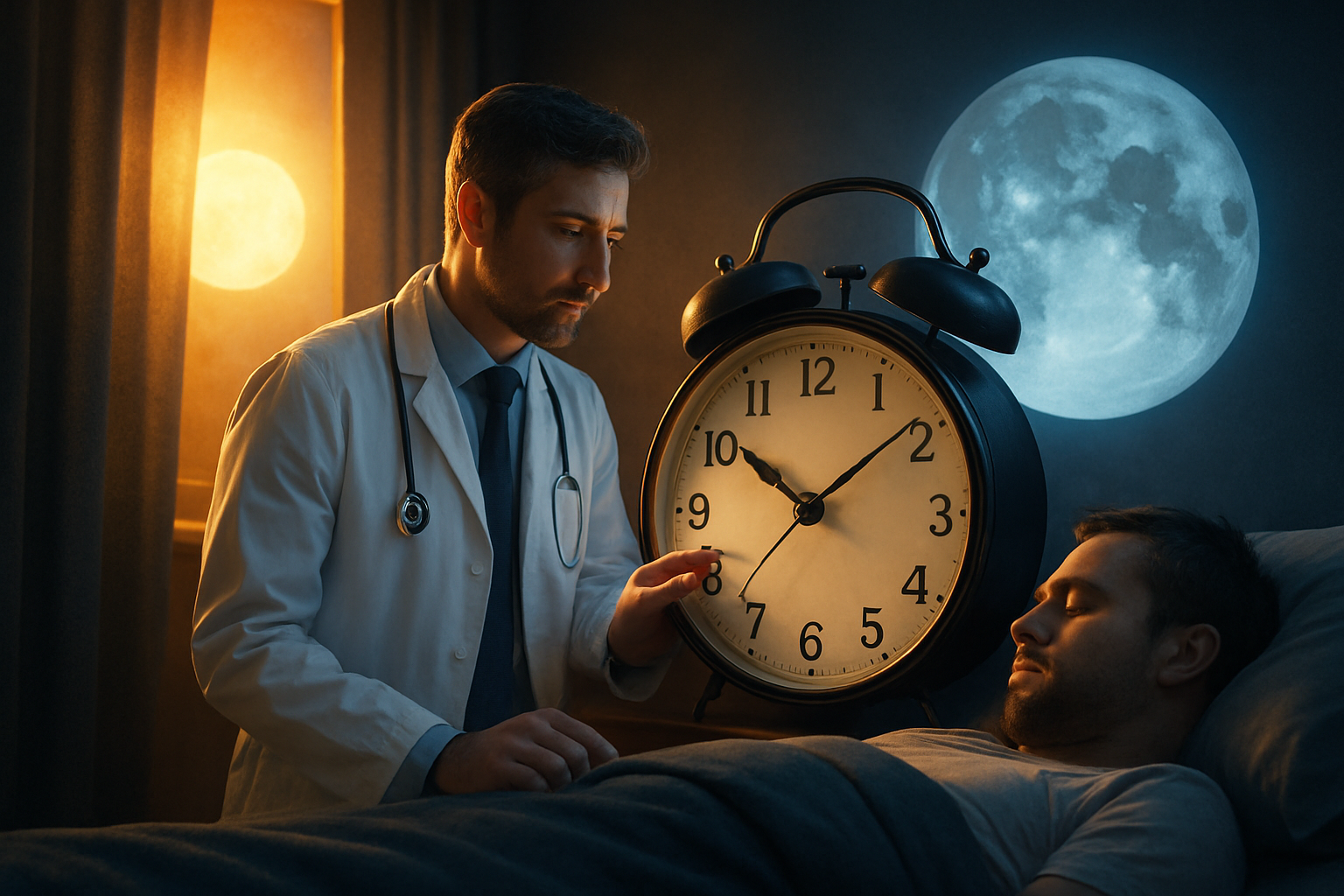COPD Sleep Solutions: Nighttime Oxygen Therapy Benefits
Are you or a loved one with COPD struggling with restless nights? Getting a good night's sleep is crucial, and nighttime oxygen therapy might be the solution you need. This guide explores the significant benefits of using oxygen therapy while you sleep, from improving oxygen levels to enhancing your overall quality of life.

Benefits of Nighttime Oxygen Therapy
Nighttime oxygen therapy provides several important benefits for COPD patients. First and foremost, it helps maintain adequate oxygen levels in the blood during sleep, when natural breathing patterns may not deliver sufficient oxygen. Research shows that consistent nocturnal oxygen therapy can reduce the frequency of desaturation events—periods when blood oxygen levels drop dangerously low. Additionally, proper oxygen levels during sleep can decrease strain on the heart, as it doesn’t need to work as hard to compensate for low oxygen. Many patients report improved morning energy levels, reduced headaches, and better cognitive function after beginning nighttime oxygen therapy. Perhaps most importantly, studies indicate that appropriate oxygen supplementation can potentially extend survival rates in severe COPD cases with documented nocturnal hypoxemia.
Improving Sleep Quality with COPD
COPD frequently disrupts normal sleep patterns, creating a frustrating cycle where poor sleep exacerbates COPD symptoms, which in turn makes quality sleep even more elusive. Many patients experience sleep fragmentation—frequent awakenings throughout the night—often triggered by coughing, breathlessness, or dropping oxygen levels. Nighttime oxygen therapy directly addresses one of the primary causes of these disruptions by maintaining proper oxygen saturation levels. When properly implemented, oxygen therapy can reduce instances of gasping for breath at night and decrease the number of times patients wake up. This leads to more continuous, restful sleep cycles and improved REM sleep, which is essential for cognitive function and overall health. Many patients report feeling more refreshed in the morning and experiencing less daytime fatigue after beginning regular nighttime oxygen therapy.
How to Get Started with Therapy
Beginning nighttime oxygen therapy requires proper medical oversight and evaluation. The first step is consulting with a pulmonologist or respiratory specialist who will likely order overnight pulse oximetry or polysomnography (sleep study) to document your oxygen levels during sleep. These tests provide objective evidence of nocturnal hypoxemia and help determine the appropriate oxygen flow rate needed. Once prescribed, a respiratory therapist will typically help set up your equipment and explain its proper use. Insurance coverage usually requires documented evidence of oxygen desaturation, so these diagnostic tests are crucial. During the first few weeks, your doctor may recommend follow-up appointments to assess how you’re responding to therapy and make any necessary adjustments. Many patients benefit from joining support groups where they can share experiences and tips with others using similar treatments.
Choosing the Right Oxygen Device
Selecting the appropriate oxygen delivery system is crucial for successful nighttime therapy adherence. Several options are available, each with distinct advantages and limitations. Oxygen concentrators extract oxygen from ambient air and are ideal for home use, though they require electricity and produce some noise. Portable oxygen concentrators offer mobility but may have limited flow capacity for nighttime needs. Liquid oxygen systems deliver high-flow oxygen quietly and are compact, making them excellent bedside options, though they require regular refilling. Traditional oxygen tanks provide reliable delivery but take up considerable space and need replacement. When choosing a device, consider factors like your required flow rate, noise sensitivity, power reliability in your area, and whether you travel frequently. Most importantly, the device should be comfortable enough to allow quality sleep—the primary goal of nighttime oxygen therapy.
Common Concerns and Solutions
Many COPD patients initially struggle with adapting to nighttime oxygen therapy. Mask or nasal cannula discomfort ranks among the most frequent complaints, but this can often be addressed by trying different styles or using padding to prevent skin irritation. Noise concerns, particularly with concentrators, can be mitigated by placing the unit outside the bedroom when possible or using noise-reducing enclosures. Some patients worry about potential oxygen dependency, but medical evidence shows that appropriate supplemental oxygen doesn’t reduce the body’s natural drive to breathe. Tubing management often presents practical challenges, which can be overcome with specialized clips or by routing tubes above the headboard. Dry nasal passages are another common issue, easily addressed by using humidifiers designed for oxygen therapy. For patients who travel frequently, coordinating oxygen needs requires advance planning but is entirely manageable with proper preparation.
This article is for informational purposes only and should not be considered medical advice. Please consult a qualified healthcare professional for personalized guidance and treatment.




